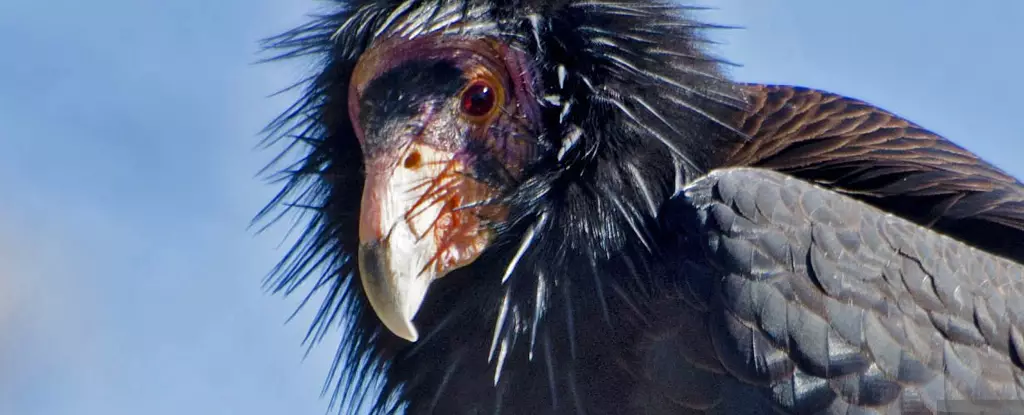The spread of the highly pathogenic avian influenza virus H5N1 among animals is a cause for global concern. This virus has been found on all continents except Oceania, with the United Nations labeling it as “a global zoonotic animal pandemic.” H5N1 has the capability to infect over 350 species of birds and nearly 60 species of mammals. Migratory waterfowl, such as ducks, swans, geese, and gulls, are particularly vulnerable to avian-borne influenza viruses. These infected waterfowl, although usually asymptomatic carriers, can transmit the virus to other species, including mammals, during their migratory journeys.
Impact of Climate Change on Disease Emergence
Recent evidence suggests that climate change is playing a significant role in the emergence and spread of zoonotic viruses like H5N1. As global climate conditions shift, avian migratory patterns and routes are also changing. The rise in temperatures and extreme weather events have caused substantial population shifts in various temperate species, leading to the emergence of diseases in new areas and genetic configurations that are unprecedented. The evolution of the ecology and genetics of H5N1 viruses since their initial detection in China in 1997 underscores the profound impact of climate change on disease dynamics.
H5N1 Spread to Non-Migratory Wildlife and Livestock
Apart from wild birds, H5N1 infections have also been identified in non-migratory wild birds, dairy cattle, and even humans. These cases indicate that the virus is adapting to infect mammalian hosts, posing an increased threat to public health. The detection of H5N1 in various animal species highlights the pressing need for robust disease monitoring and response efforts to combat the spread of the virus effectively.
The global impact of H5N1 is further exacerbated by challenges in estimating bird mortality due to data quality and availability issues. While approximately 75,000 bird casualties have been reported globally, the actual number of wild bird deaths from H5N1 remains uncertain. Furthermore, outbreaks of H5N1 in domestic animals, such as dairy cattle, poultry, goats, and alpacas, indicate the urgent need for enhanced surveillance and control measures to prevent further spread of the virus.
Role of Climate Change in Viral Dispersal
Climate change is accelerating the global spread and emergence of new H5N1 variants by altering environmental conditions favorable to viral survival and transmission. Wider seasonal variations driven by climate change enable the emergence of novel H5N1 variants, posing challenges for disease management and control. The changing climate not only influences the survival of influenza viruses in bird populations but also facilitates virus spillover to mammalian species, including humans.
Strategies for Combating H5N1 and Climate Change
Addressing the dual threats of H5N1 and climate change requires a multifaceted approach that includes strengthening healthcare infrastructure, educating communities about disease risks, and promoting sustainable agricultural practices. Enhancing biosecurity in poultry and cattle farms, reducing livestock population density, and implementing innovative smart farming technologies are crucial steps in preventing viral infections. Conservation efforts aimed at restoring natural habitats can help mitigate the impact of climate change on wild bird populations, thereby reducing the risk of H5N1 spillover.
As the trajectory of H5N1 and its interactions with climate change continue to evolve, international collaboration on disease management is crucial. Implementing climate adaptation strategies and prioritizing disease surveillance are essential to safeguarding public health and ecosystem integrity. Global leaders must remain vigilant in monitoring the spread of H5N1 and implementing coordinated efforts to mitigate the impact of the virus on both humans and wildlife. Only through collective action and effective response measures can we address the dual challenges of infectious diseases like H5N1 and climate change on a global scale.


Leave a Reply